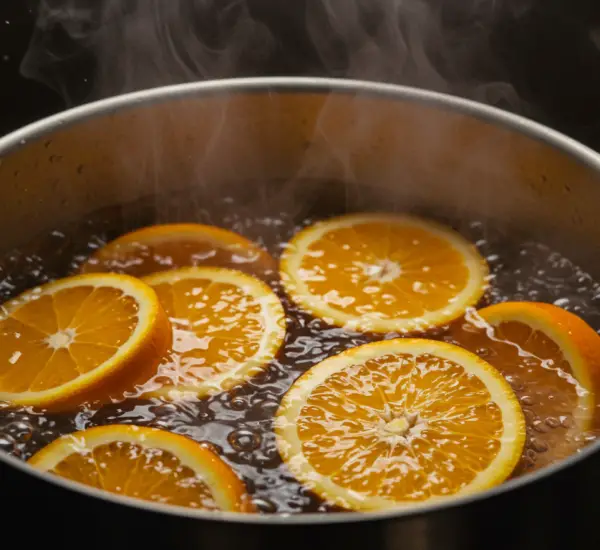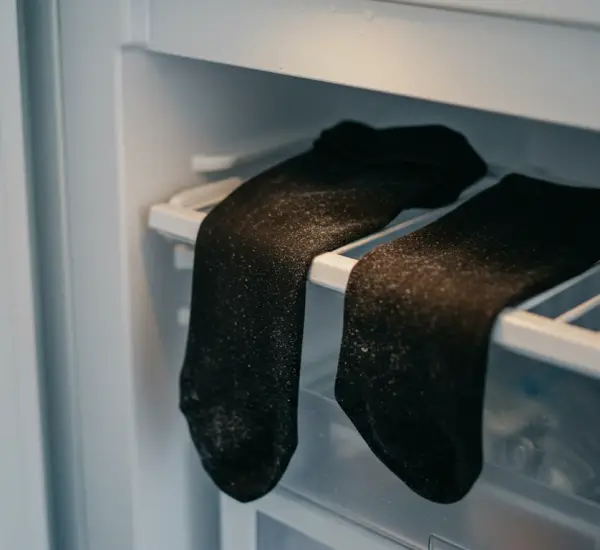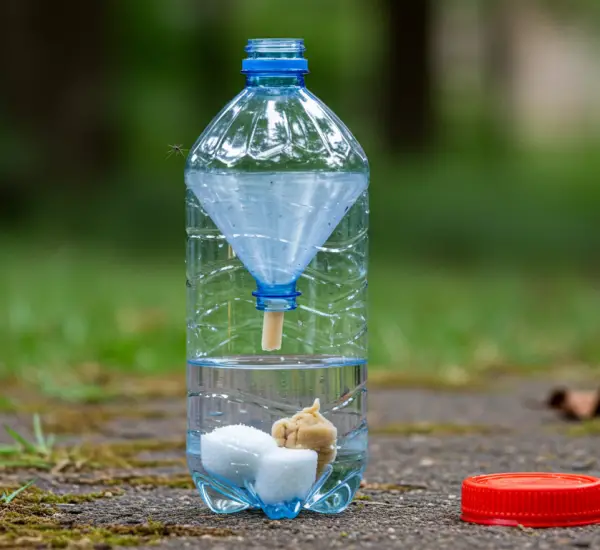Cooking in a dirty oven is not only unpleasant—it can also pose health risks. Over time, food residue and grease build up on the oven walls, racks, and trays, leading to smoke, unpleasant odors, and even the potential contamination of the food being cooked. The smoke generated by burnt food particles may contain harmful substances that irritate the respiratory system, and a dirty oven can become a breeding ground for bacteria and germs.
During heavy usage periods, such as the winter months when ovens are frequently in operation, cleaning can feel like a daunting task. However, with a few natural ingredients commonly found in the kitchen, you can restore your oven to a sparkling condition while eliminating odors—all without harsh chemicals.
Why Choose a Natural Cleaning Method
Traditional oven cleaners often contain strong chemicals that can be hazardous to both health and the environment. By using eco-friendly ingredients such as baking soda, vinegar, and lemon juice, you achieve a safe, effective, and cost-efficient cleaning solution. Baking soda acts as a mild abrasive to loosen stubborn grime, vinegar has powerful degreasing and deodorizing properties, and lemon juice provides a natural antiseptic and a fresh scent.
Step 1: Prepare Your Oven
Before starting the cleaning process, remove all trays, racks, and baking dishes from the oven. Check that nothing unnecessary is left inside, and if possible, detach the oven door by lifting the side levers to allow better access to the crevices and seals. This makes it easier to clean corners and hard-to-reach areas.
Step 2: Steam Cleaning with Vinegar
One highly effective method uses steam to soften caked-on grease. Begin by placing a heat-safe container filled with water on the stove and bringing it to a boil. Once the water reaches boiling point, add a cup of white vinegar. Preheat the oven to 150–180°C (300–350°F), then turn it off and carefully place the pot of water and vinegar inside.
Allow the steam to work for at least three hours. The combination of heat and vinegar will soften the hardened grime on the oven walls. After steaming, use a spatula or soft sponge to gently remove the loosened residue. This step greatly reduces scrubbing effort and is especially effective for heavily soiled ovens.
Step 3: Baking Soda and Lemon for Stubborn Residue
For tougher stains, create a paste using 170 grams of baking soda mixed with 3–4 tablespoons of warm water. Add a few drops of lemon juice, which helps cut through grease naturally.
Dip a sponge into the paste and scrub all areas of the oven, paying special attention to the most caked-on sections. Rinse the sponge frequently with hot water to avoid spreading the residue.
Step 4: Activate the Degreasing Power
To enhance cleaning, spray a light mist of white vinegar over the areas where the baking soda paste has been applied. The reaction between vinegar and baking soda produces a fizzy, powerful cleaning action that lifts grease and grime effectively. Let the mixture sit for at least an hour. Afterward, rinse the oven walls thoroughly with warm water to remove any remaining paste or vinegar.
Finally, dry all surfaces with a clean cloth, ensuring no residual odors remain.
Step 5: Cleaning Racks and Oven Door
While the oven cavity dries, you can clean the racks and the door. Sprinkle baking soda over the racks and spray with vinegar to create a foamy reaction. For deep cleaning, leave the racks submerged in hot water for up to 24 hours. After soaking, rinse thoroughly with hot water.
The oven door and its seals should also be cleaned carefully, paying attention to the corners where grease often accumulates. Once everything is cleaned, reinstall the racks and the door, checking for any remaining vinegar odors. If any scent persists, place a pot with a liter of hot water and the juice of two lemons in the oven and let it evaporate. This not only neutralizes lingering smells but also leaves a fresh lemon scent inside.
Step 6: Optional Lemon and Baking Powder Trick
For an extra boost against stubborn stains, mix lemon juice with baking powder to create a gentle abrasive paste. Apply it to particularly stubborn spots, allow it to sit for a short period, and then scrub gently. This combination is especially effective on baked-on grease and helps restore the oven to a sparkling condition.
Practical Tips for Maintaining a Clean Oven
-
Frequency: If you use your oven frequently, aim to clean it at least once a week. Regular maintenance prevents heavy buildup and reduces scrubbing effort.
-
Preventing Hard Residue: Remove food spills and grease immediately after cooking whenever possible.
-
Cleaning Technique: Move from the inside out to avoid spreading dirt to cleaned areas.
-
Persistent Stains: For tough grime, you may need to repeat the cleaning steps. Using a soft-bristled brush can help remove stubborn particles without scratching surfaces.
-
Hand Protection: Always wear thick gloves to protect your hands from heat, vinegar, and lemon juice during scrubbing.
Conclusion
A sparkling, odor-free oven is achievable without expensive chemical cleaners. By using natural ingredients such as baking soda, vinegar, and lemon, you not only protect your health and the environment but also save money and effort. Whether using steam, scrubbing with a baking soda-lemon paste, or soaking racks in hot water, these simple methods effectively tackle grease and baked-on food residue.
Regular maintenance and natural cleaning methods keep your oven in top condition, improve kitchen hygiene, and make cooking a more pleasant experience. By incorporating these eco-friendly techniques, your oven will stay clean, fresh, and ready for every meal.



